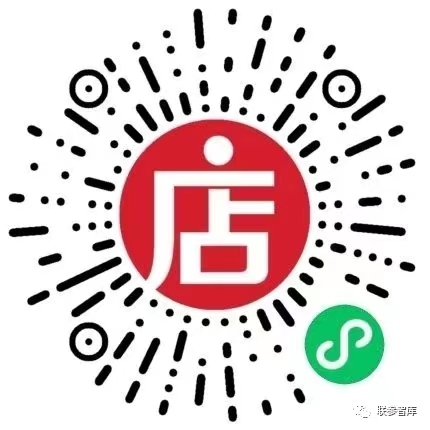 [20220404]IF10298_印度的国内政治环境.pdf
[20220404]IF10298_印度的国内政治环境.pdf
https:/crsreports.congress.gov Updated April 4, 2022Indias Domestic Political SettingOverview India, the worlds most populous democracy, is, according to its Constitution, a “sovereign, socialist, secular, democratic republic” where the bulk of executive power rests with the prime minister and his Council of Ministers (the Indian president is a ceremonial chief of state with limited executive powers). Since its 1947 independence, most of Indias 14 prime ministers have come from the countrys Hindi-speaking northern regions, and all but 3 have been upper-caste Hindus. The 543-seat Lok Sabha (House of the People) is the locus of national power, with directly elected representatives from each of the countrys 28 states and 8 union territories. The president has the power to dissolve this body. A smaller upper house of a maximum 250 seats, the Rajya Sabha (Council of States), may review, but not veto, revenue legislation, and has no power over the prime minister or his/her cabinet. Lok Sabha and state legislators are elected to five-year terms. Rajya Sabha legislators are elected by state assemblies to six-year terms; 12 are appointed by the president. Elections to seat Indias 17th Lok
展开阅读全文
- 特殊限制:
部分文档作品中含有的国旗、国徽等图片,仅作为作品整体效果示例展示,禁止商用。设计者仅对作品中独创性部分享有著作权。
- 关 键 词:
- 20220404 IF10298_ 印度 国内 政治 环境
 联参智库所有资源均是用户自行上传分享,仅供网友学习交流,未经上传用户书面授权,请勿作他用。
联参智库所有资源均是用户自行上传分享,仅供网友学习交流,未经上传用户书面授权,请勿作他用。
关于本文






![[19931229]93-1067_竞选资金改革:现行法律与H.R.第103届国会参众两院通过.pdf](https://www.lianhezuozhan.com/images/filetype/d_pdf.png) [19931229]93-1067_竞选资金改革:现行法律与H.R.第103届国会参众两院通过.pdf
[19931229]93-1067_竞选资金改革:现行法律与H.R.第103届国会参众两院通过.pdf
![[19831021]IB83079_二恶英:环境影响和潜在的人类健康影响.pdf](/Images/s.gif)


